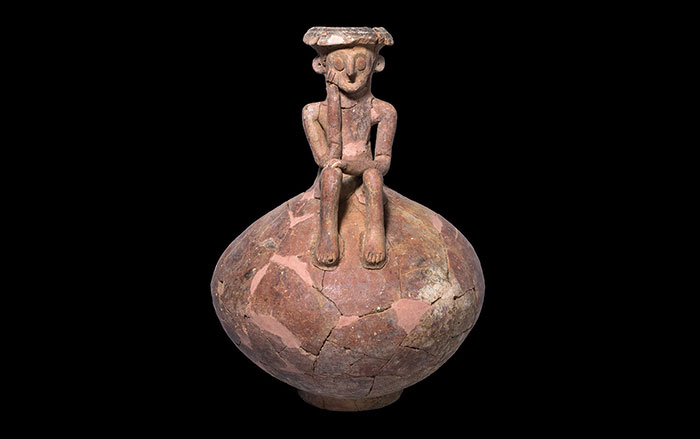
WARSAW, POLAND—Science & Scholarship in Poland reports that a team led by Henryk Meyza of the Institute of Mediterranean and Oriental Cultures of the Polish Academy of Sciences has found fragments of 2,400-year-old walls and floors at the site of Nea Paphos in Cyprus. These features are thought to date to the founding of the city, which was located at a convenient harbor. “The relics of the first houses erected within a residential area are not impressive in terms of craftsmanship,” Meyza said. “The floors were made of clay. Only in later houses they were replaced with stone slabs or meticulously made mosaics.” The researchers were careful to look for the city’s earliest dwellings in places where they would not disturb the well-preserved remains of later buildings. To read about another discovery at Nea Paphos, go to “Artifact: Late Roman Amulet.”










